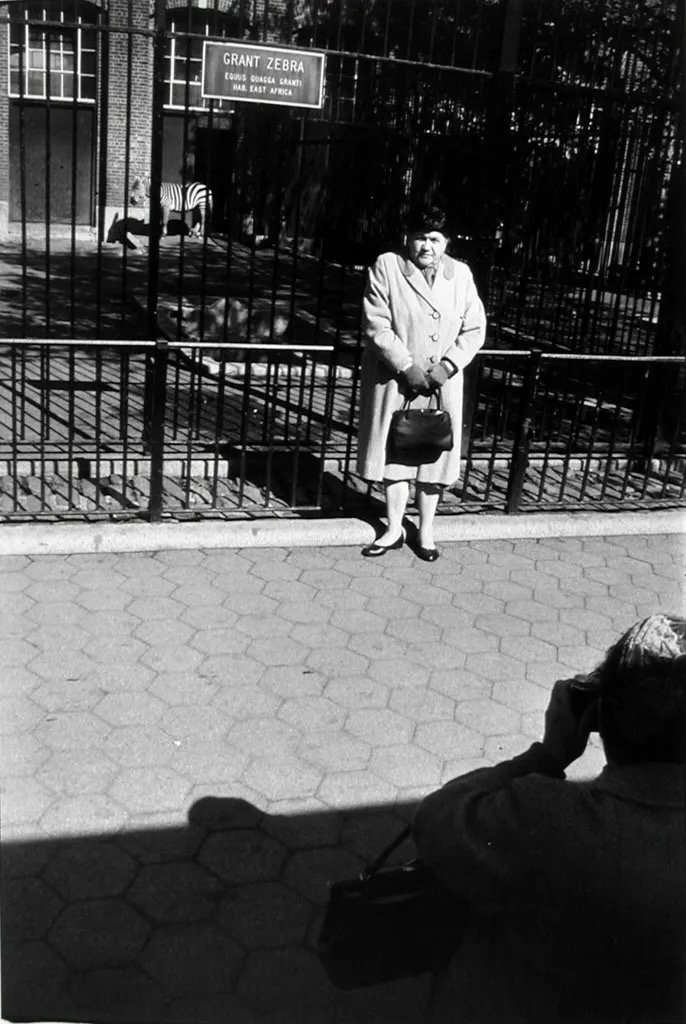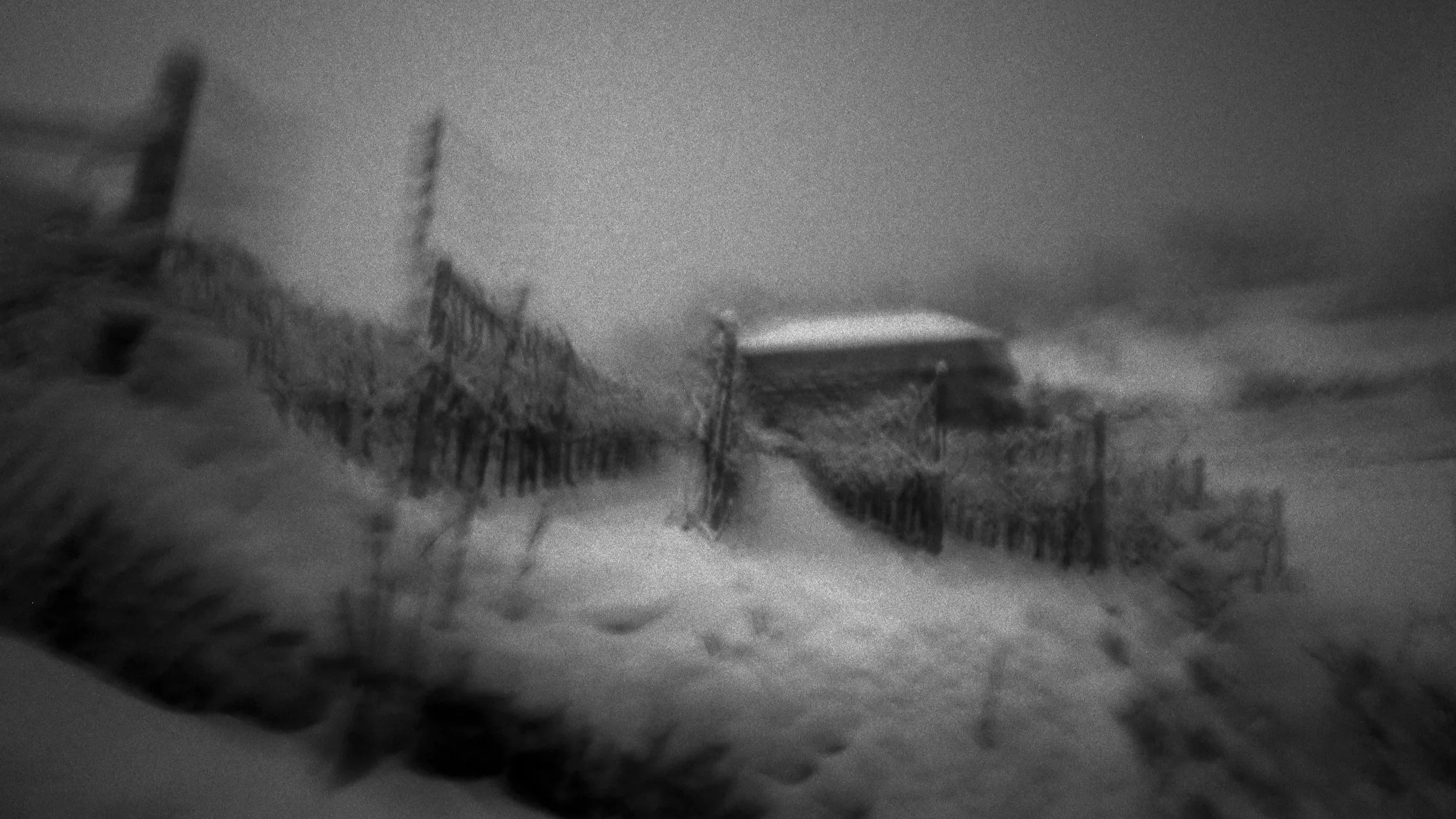Why Street Photographer Garry Winogrand Didn’t Need Expensive Gear - What That Means for Your Photography
Why Street Photographer Garry Winogrand Didn’t Need Expensive Gear - What That Means for Your Photography
It is often thought that newer is better, but what if I told you that even the most expensive cameras might actually be bad for your photography?
Photography master Garry Winogrand is a great example of this, even when we look at his early work. Even John Szarkowski (the director of Photography at New York’s Museum of Modern Art) appreciated his ability to capture just the right amount of detail in his photos.
Garry Winogrand (1928–1984) was a legendary American photographer known for capturing the chaos and energy of everyday life. Born in New York City, he photographed people, cities, and social scenes with spontaneity and humor.
The photograph we are examining today is part of Winogrand’s series and later book, The Animals. It was no coincidence that Winogrand found himself in zoos. After his separation from his first wife, Adrienne Lebow, in 1963, Winogrand began regularly visiting New York City’s zoos, such as the Central Park Zoo and the Bronx Zoo, with his two children.
“… following his divorce from Adrienne Lebow was the Central Park Zoo, which he would visit with his children on a regular basis. Here he would observe and photograph animal-human interactions….” — Micayla Beuley
When we look at this photograph, we simply see a couple with a white, wolf-like silhouette behind them. This, combined with the expression on the man’s face, is quite intriguing. There’s a sense of both connection and disconnection between the humans and the animals. While they are physically close, the cages and barriers emphasize their separation. However, the art of the picture lies more in what is not included.
Cameras can capture everything they see, much like how your eyes work but in even greater detail. Sometimes, though, all that detail can make a picture feel messy or confusing.
Szarkowski appreciated Winogrand’s ability to decide how much detail to show and how to organize it cohesively. That’s why he chose to showcase his photographs in his book.
Winogrand’s photos often depict multiple things happening at once. In this particular series, the focus is mostly on interactions between humans and animals, but this skill permeates his entire portfolio.
The lesson we can draw from Garry Winogrand’s work is that great photography isn’t about the gear—it’s about vision, intention, and the ability to simplify complexity. Winogrand’s images remind us that the story behind the photograph often lies in what’s left out, not just in what’s included. His approach proves that artistry and impact come from your creative choices, not the price tag of your camera.
So, what does this mean for your photography? The next time you’re out shooting, challenge yourself to focus less on your equipment and more on the story you want to tell. How can you simplify a busy scene into a meaningful moment? How can you make intentional choices to guide the viewer’s eye?
Share your thoughts and experiences with me—what’s one moment where your creative decisions mattered more than the gear you used? Let’s start a conversation about capturing the essence of a scene, just like Winogrand did.
References:












I would like to introduce an American photographer who shot over 8 million photos on film during his life. He was said to be one of the greatest documentary photographers of his era and the central photographer of his